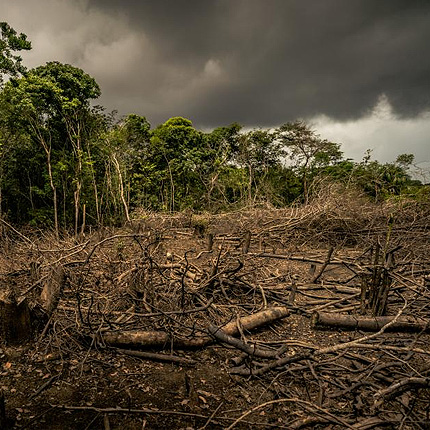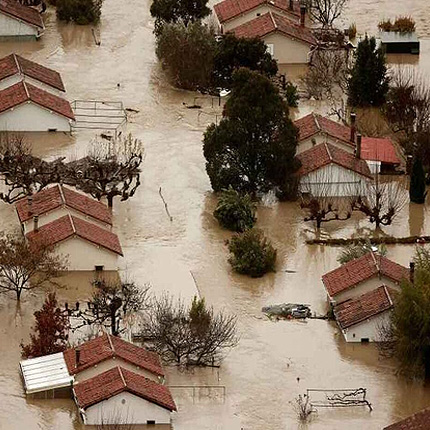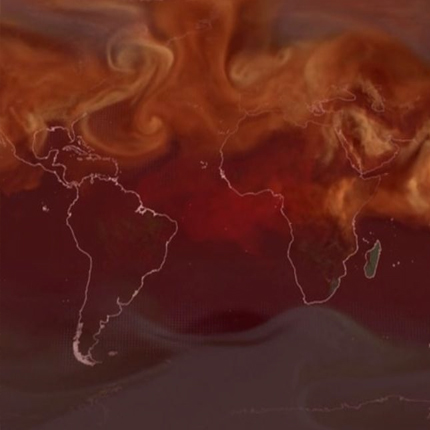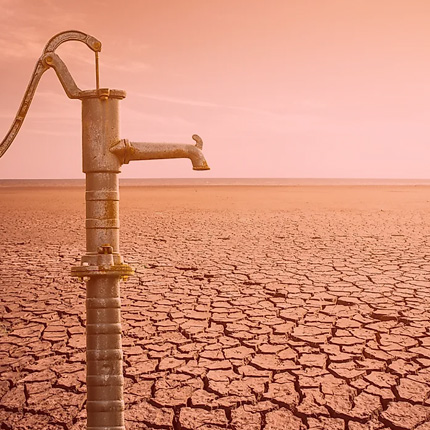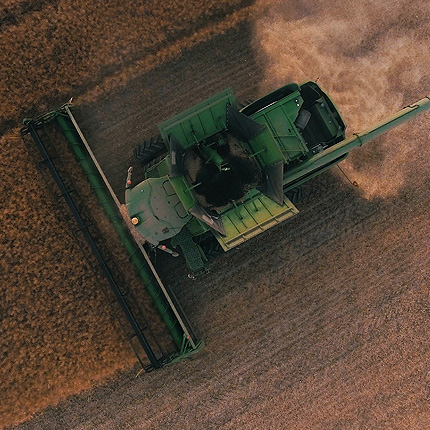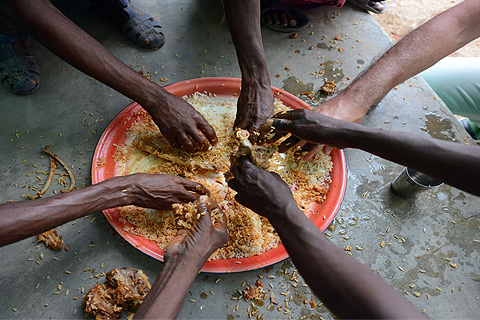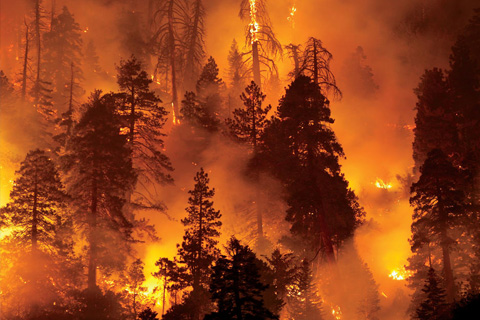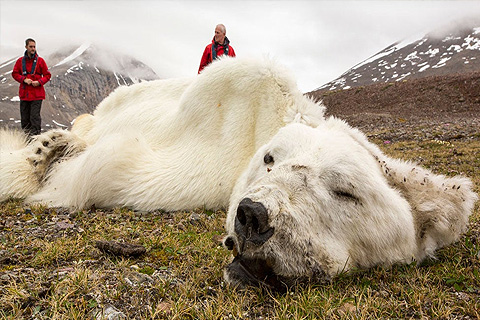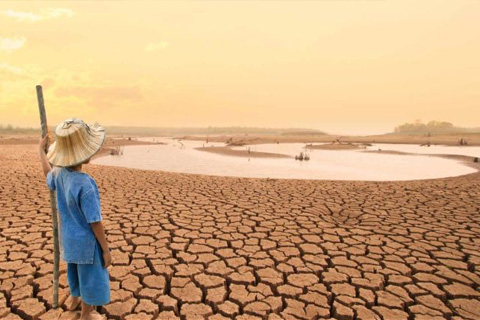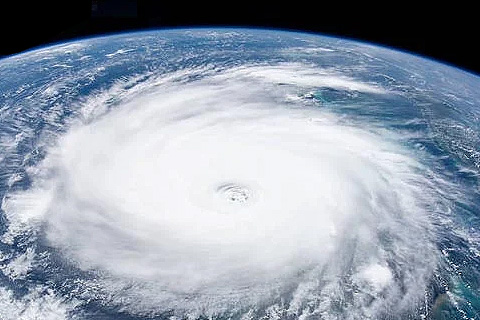The Paris Agreement adopted in 2015 by almost all countries worldwide —United Nations Framework Convention on Climate Change—UNFCCC COP 21, represents a vital stride towards a sustainable legacy for humanity, safeguarding the interests of future generations. However, the journey towards sustainability confronts daunting challenges in food production. As the demand for sustenance escalates, surging over 50% by 2050 to cater to a projected population of 9.8 billion, the imperative to scale up food output intensifies. The mandate to increase food production by 80% by 2100 magnifies the complexity of resource management, sustainability, and land use.
Additionally, the requisite 100% expansion of aquaculture by 2050, driven by overfishing and the limited potential for increased capture fisheries from depleted oceans, exacerbates pressures on marine ecosystems, water resources, and greenhouse gas emissions.
The substantial contribution of agriculture to global greenhouse gas emissions, around 24%, intensifies the mandate to curtail emissions while enhancing agricultural efficiency to attenuate the impacts of climate change. In aligning with the ambitious Paris Agreement targets set to limit global warming within the 1.5 - 2 degrees Celsius threshold, balancing the augmentation of food production with emission reductions poses a nuanced challenge.
The extensive ecological footprint of agriculture, covering 40% of Earth's land surface and utilizing 70% of sustainable freshwater, exacerbates land degradation, biodiversity loss, and water scarcity concerns. Overcoming hurdles such as closing the food and land gaps, mitigating greenhouse gas emissions, and managing resource-intensive practices underpin the arduous quest to ensure sustainable food production and security amidst environmental constraints and burgeoning global demands.
Feeding the Future: Overcoming the Environmental Battle for Food
Increasing Demand and Population Growth: With the global food demand projected to surge by over 50% by 2050 and the population reaching 9.8 billion, the challenge lies in scaling up food production to meet the expanding dietary needs of a growing populace.
Doubling Agricultural Production: The necessity to increase terrestrial food production by 80% by 2100 presents intricate challenges in resource utilization, land management, and sustainability. Accommodating this surge in production without exacerbating environmental degradation remains a formidable task.
Aquaculture Expansion: The imperative to double aquaculture production by 2050 intensifies pressure on marine ecosystems, water resources, and greenhouse gas emissions. Balancing the need for increased seafood production with marine conservation efforts poses a critical dilemma.
Greenhouse Gas Emissions: Agriculture's substantial contribution of approximately 24% to global greenhouse gas emissions underscores the imperative to address emissions from agricultural activities systematically. Reducing emissions while enhancing food production efficiency is vital to mitigating climate change impacts.
Achieving Paris Agreement Targets: The ambitious targets set by the Paris Agreement to limit global warming demand a delicate balance between scaling up food production and reducing emissions to stay within the stipulated 1.5 - 2 degrees Celsius goal. Navigating this balance amid escalating food demands poses a complex challenge.
Resource Intensive Practices: Agriculture's dominance over 40% of the Earth's land surface and 70% of sustainable freshwater consumption highlight the strain on natural resources. Issues such as land degradation, water scarcity, and biodiversity loss are exacerbated by intensive agricultural practices, complicating sustainable food production efforts.
Food Security Concerns: Closing the 56% food gap compared to 2010, equivalent to feeding an additional 3 billion individuals, poses significant challenges in resource allocation, productivity enhancement, and equitable distribution. Ensuring food security for the projected population entails overcoming resource limitations and environmental constraints.
Land Use Change and Deforestation: Expanding agricultural lands by an area nearly twice the size of India under prevailing practices raises concerns regarding land use change, deforestation, and habitat loss. Balancing agricultural expansion with conservation imperatives is vital to preserve biodiversity and ecosystem health.
Environmental Footprint: Intensified agricultural activities contribute to soil degradation, ecosystem disruption, and water pollution, amplifying agriculture's ecological footprint. Addressing these environmental impacts while increasing food production efficiency is essential to promoting sustainable agriculture.
Closing Three Gaps
GHG Mitigation Gap
The GHG Mitigation Gap underscores the critical and urgent need to reduce emissions by 11 gigatons to align with climate targets. This necessity is intricately linked to the challenge of diminishing emissions from agriculture. As agricultural activities significantly contribute to greenhouse gas emissions, addressing this mitigation gap is pivotal in mitigating climate change and achieving sustainable food production on a global scale. The urgency of implementing emission reduction practices within agriculture is paramount to meeting climate goals and ensuring environmental sustainability.
Food Gap and Land Gap
The Food Gap and Land Gap represent substantial challenges in food production and land utilization to meet the demands of a growing global population. The Food Gap signifies the requirement to produce 56% more calories by 2050 to feed an expanding populace adequately. Correspondingly, the Land Gap highlights the necessity for an additional 593 million hectares of agricultural land to support future food production needs. These gaps accentuate the critical need to adapt food production techniques to enhance resilience in changing climates, prepare agricultural systems for the uncertainties posed by climatic shifts, and ensure sustainable food security worldwide.
Food Gap
The Food Gap encapsulates the pressing challenge of augmenting food production to meet the dietary requirements of a burgeoning global population by 2050. Requiring a 56% increase in calorie production compared to 2010 levels, this gap signifies a fundamental challenge in enhancing food supply to meet the needs of an additional 3 billion individuals anticipated in the future. It magnifies the importance of sustainable agricultural practices in ensuring food security for all, emphasizing the crucial role of innovative solutions in bridging the gap between current food production capabilities and the projected requirements of tomorrow's world.
The Looming Food Challenge: Can We Grow an Ecologically Sustainable Food System?
Urgency of innovative ecologically sustainable solutions
In an ever-evolving narrative of sustainable food sourcing and resource constraints, the search for protein-rich alternatives to diversify the aquafeed ingredient reservoir emerges as a pivotal undertaking. This quest is anchored in the critical need to meet the escalating food demands of a burgeoning global population while intricately balancing the conservation of finite natural reserves like arable land, water, and energy. Notably, as the demand for seafood surges, the shadows of overfishing cast profound implications on wild fish stocks, pressing for accelerated population recovery through a 5% annual decline in fishing efforts.
The horizon of aquaculture promises respite for the strained seafood demand, yet it too stands at a crossroads. Mandated with a compelling 100% expansion obligation by 2050, the pathway to fulfilling this growth trajectory encounters significant hurdles tied to industrialized agriculture practices known for catalyzing adverse environmental consequences. Scaling up aquaculture operations swiftly within the confines of ecological limitations poses a formidable challenge, especially as sprawling farmlands and freshwater resources stand as scarce commodities.
This dilemma underscores the urgency of broadening the aquafeed ingredient basket to secure sustainable protein-rich alternatives critical for nurturing aquaculture pursuits. This imperative is further compounded by the perils of over-reliance on industrialized agricultural methodologies, exacerbating concerns surrounding deforestation, land degradation, and aggravated water scarcity. Pursuing viable and sustainable substitutes amidst this intricate ecosystem underscores the necessity to navigate a nuanced balance between escalating food demands through aquaculture channels and the insistence on safeguarding our meager reservoirs - the bedrock of long-term ecosystem vitality and conservation.

